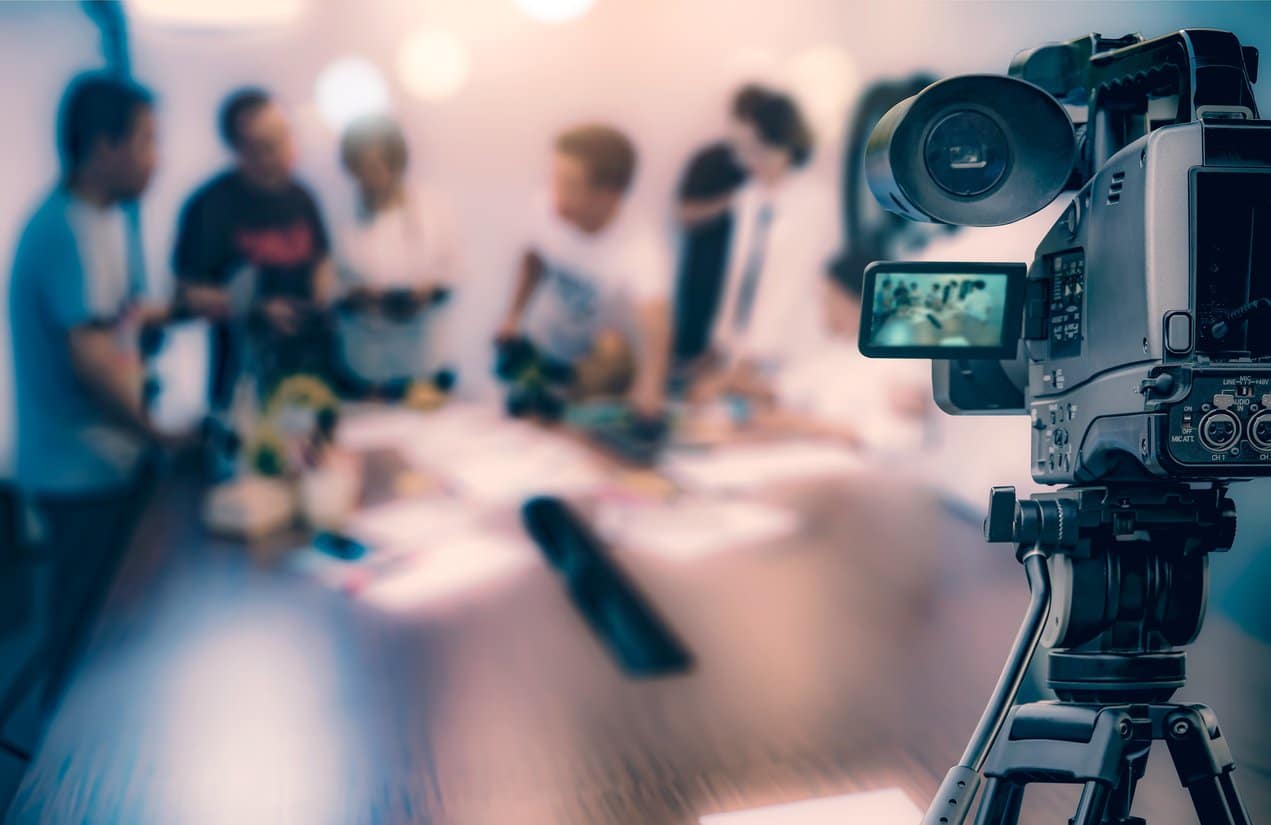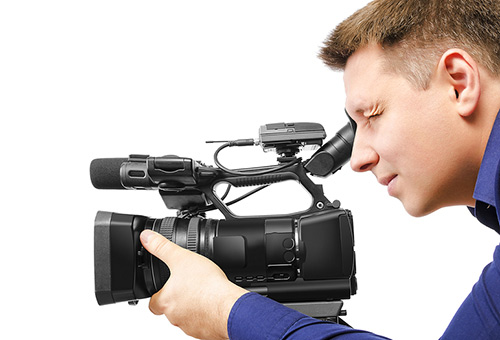Why Lawful Videography Is Critical for Accurate Court Recordings
The role of lawful videography in court room settings can not be overstated, as it works as a crucial device for protecting the integrity of court documents. By catching both verbal and non-verbal interaction, it boosts the clearness of witness testimonies and mirrors the nuances of court room communications. This extensive documents not just aids in reducing possible misconceptions but additionally supports appellate reviews, consequently reinforcing the judicial process. Nonetheless, the ramifications of integrating lawful videography into typical court practices increase important questions concerning its more comprehensive influence on the lawful system. What might these ramifications involve?
Relevance of Visual Evidence
In the world of lawful process, the significance of visual evidence can not be overstated. Aesthetic proof works as an effective tool in establishing facts, supporting testaments, and improving the total clearness of a case. This type of evidence, that includes photographs, video clips, and layouts, can provide a tangible context that spoken summaries often lack, thereby providing juries and judges a clearer understanding of the circumstances surrounding an instance.
Furthermore, aesthetic proof aids in the retention of information. Human cognition is naturally aesthetic, and people are most likely to keep in mind and comprehend information presented in a visual format. In the court room, this can be important, as compelling visual evidence can guide point of views and enhance the narrative provided by legal reps.
Additionally, making use of aesthetic proof can lessen misunderstandings and uncertainties that frequently occur from verbal exchanges. By giving a straight depiction of occasions, visual proof aids to get rid of subjective interpretations and fosters an extra objective assessment of the truths. Consequently, the assimilation of aesthetic proof into lawful process not only strengthens the honesty of the judicial process but also enhances the chance of achieving a simply end result.
Recording Non-Verbal Cues
Utilizing innovative videography methods can substantially boost the capture of non-verbal hints during lawful procedures. Non-verbal communication, including faces, body language, and eye get in touch with, plays a vital function in sharing emotions and purposes that may not be explicitly mentioned in spoken testimony. legal videography. Lawful videography employs high-def cameras and calculated angles to make certain that these subtle hints are recorded with clearness and accuracy
The capacity to evaluate non-verbal habits can give valuable context to statements made throughout court sessions. For circumstances, a witness's unwillingness or self-confidence can be analyzed through their position or motions, possibly affecting the court's perception of reputation. In addition, using close-up shots can help concentrate on an audio speaker's expressions, permitting for an extra nuanced understanding of the testament.
Moreover, incorporating several cam angles can develop a thorough sight of communications, highlighting characteristics between celebrations included. This diverse technique not just improves the accuracy of the court record yet additionally help in protecting the stability of the judicial process - legal videography. Eventually, catching non-verbal cues through lawful videography promotes a richer, a lot more total representation of court room process

Enhancing Testimony Integrity
The dependability of testimony can be considerably strengthened with using high-grade lawful videography. Video clip recordings act as an unbiased medium that catches not just the spoken words of witnesses yet also the subtleties of their delivery, consisting of tone, pacing, and emotional expressiveness. This complex paperwork gives a Look At This clearer understanding of the witness's reputation and objectives, which can be crucial in legal procedures.
Moreover, legal videography decreases the capacity for misinterpretations that might arise from composed records alone. When jurors can observe a witness's behavior and body movement along with their statement, they are much better equipped to evaluate the credibility and reliability of the evidence provided. This aesthetic context can reinforce the testimonial narrative, making it much more engaging and credible.
Furthermore, the visibility of a video clip recording can prevent possible inconsistencies in testimony. Witnesses may be extra mindful in their statements when they understand they are being videotaped, bring about more precise and sincere accounts. On the whole, high-quality legal videography enhances the stability of statement, making sure that the court has accessibility to a total and sincere depiction of the look at here realities as conveyed by the witnesses.
Supporting Appeals and Reviews
Legal videography plays an important function in supporting charms and evaluations by offering a comprehensive visual record of courtroom proceedings. This visual documents records not just the talked words of witnesses and attorneys but also the nuances of body movement, tone of voice, and court dynamics. Such elements can be crucial in recognizing the context of testaments and disagreements presented.
In the appellate process, where the emphasis gets on errors of legislation and procedural fairness, a video clip document can work as a crucial tool for appellate courts. It makes it possible for courts to examine the original test context, ensuring that choices are based upon a total understanding of the procedures. The ability to aesthetically analyze the disposition of witnesses or the interactions in between events can reveal understandings that written transcripts might ignore.

Furthermore, legal videography can help in clarifying obscurities in testaments or step-by-step rulings, thereby reinforcing the basis for an allure. By providing a trusted, objective account of what transpired in court, legal videography not only sustains the honesty of the lawful procedure yet likewise empowers all events involved to make informed choices concerning their cases.
Improving Courtroom Procedures
Enhancing court efficiency, lawful videography simplifies processes by providing prompt access to visual documents of procedures. This technology permits judges, attorneys, and courts to take another look at crucial testament and proof, making sure that all events have a clear understanding of the instance. By capturing the subtleties of spoken and non-verbal communication, videography enriches the record, making it less complicated to grasp the context and weight of testimonies.

Furthermore, video clip recordings can facilitate remote participation in hearings, allowing for better versatility in scheduling and engagement, which is particularly important in intricate situations including multiple stakeholders.
Conclusion
In conclusion, lawful videography plays a vital duty in ensuring accurate court recordings by giving important aesthetic proof that captures both verbal and non-verbal interaction. This practice enhances the integrity of testaments, supports appellate testimonials, and enhances court room processes. By promoting an extensive understanding of court room dynamics, lawful videography ultimately contributes to much more fair judicial end results, enhancing the integrity of the legal system and helping with notified decision-making.